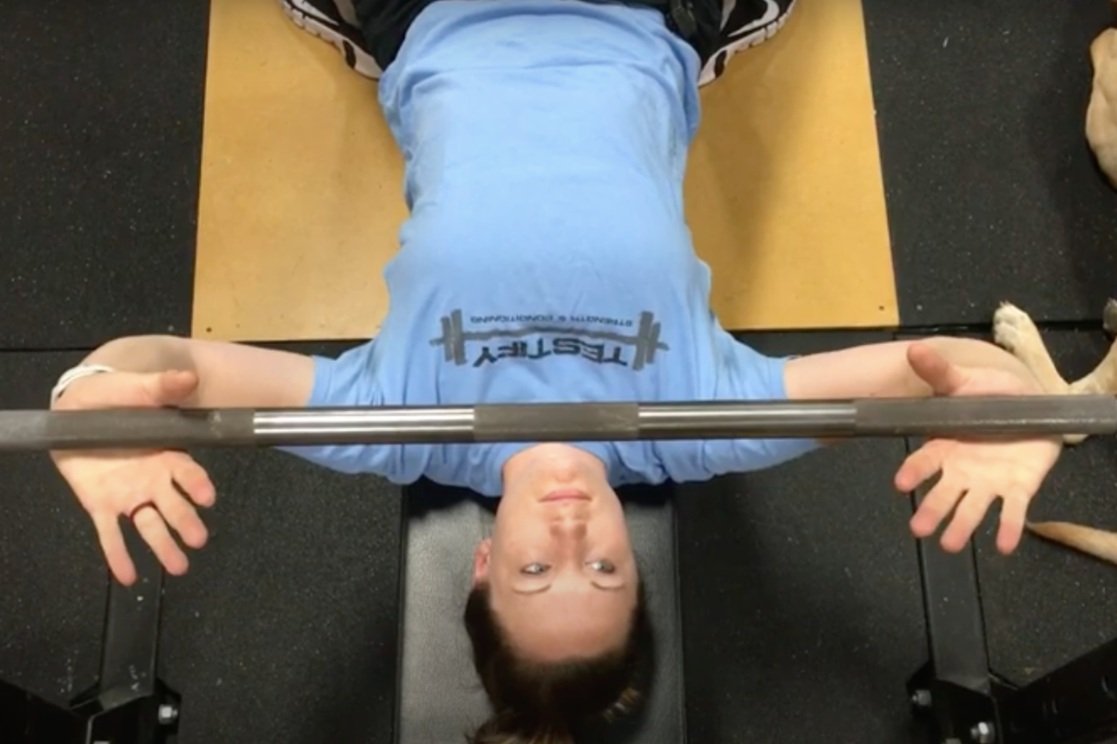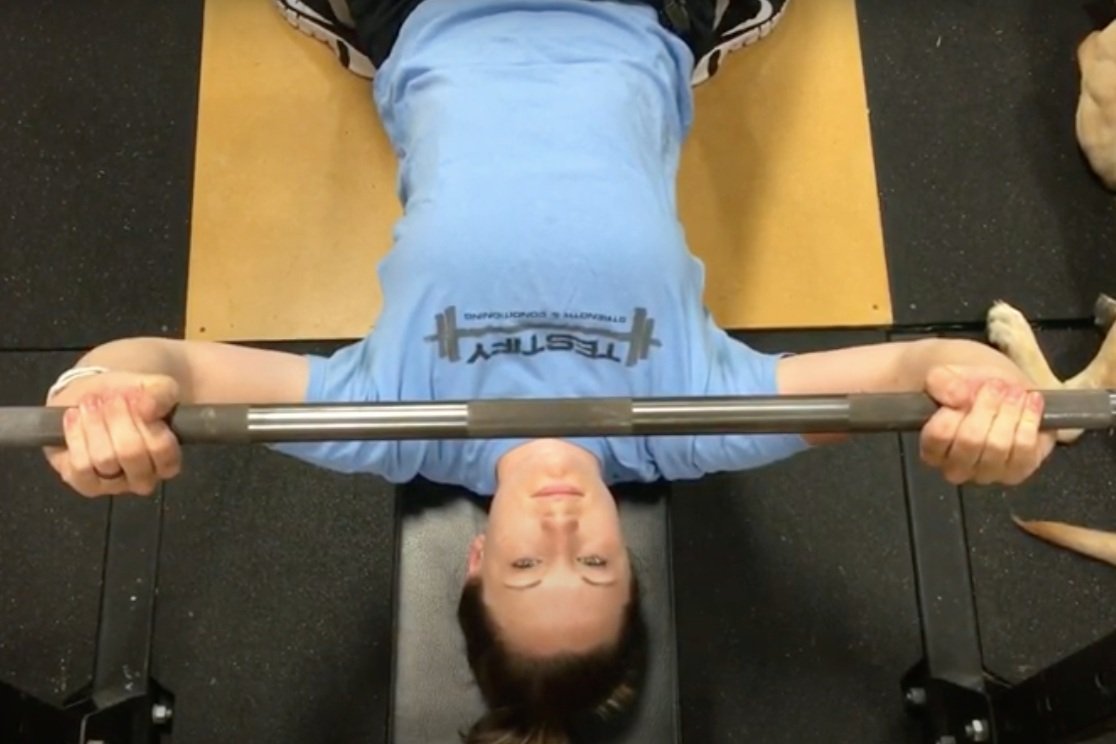The Squat: Are You Making This Mistake?
/Are you trying to arch your back when you squat? Knock that off. We don’t want a soft, rounded back when squatting, of course, but we also don’t want the opposite of that - an arched back, i.e., an overextended back.
Figure 1: What a fool . . . even Parker can see that, and Milo can’t bear to watch.
If a lifter has this problem, it often shows up right at the beginning of the descent. So, if you look like you’re about to twerk when you initiate your squat, pay attention.
We want a straight, rigid back when we squat; again, rounded is no good, but neither is overextended, and that’s the problem we’re addressing here (see Figure 1).
Overextension of the back is neither a comfortable nor a strong position in which to support a heavy barbell on your back. If you’re overextending your back when squatting (watch one of the included videos for a demonstration), remind yourself to clamp down on your abs extremely hard (i.e., contract your abs as hard as you can) before you start the rep and then keep them tightly contracted throughout the entire rep.
If that reminder doesn’t work, you can try overcueing yourself by telling yourself to “round your back” slightly while squatting. Be careful with this cue - we DO NOT actually want a rounded back, but if you are overextending your back, then overcueing with this exaggerated mental picture may be just what you need to achieve the straight back that we actually do want.
As always, we hope this helps you get stronger and live better.
(Some links may be affiliate links. As an Amazon Associate, Testify earns from qualifying purchases.)







